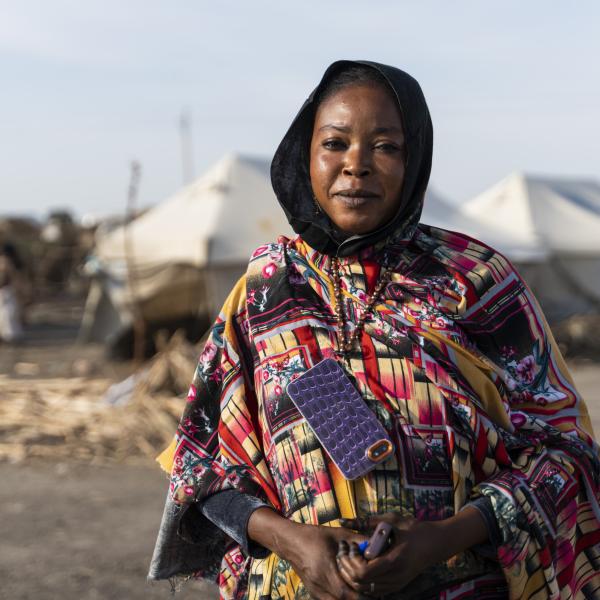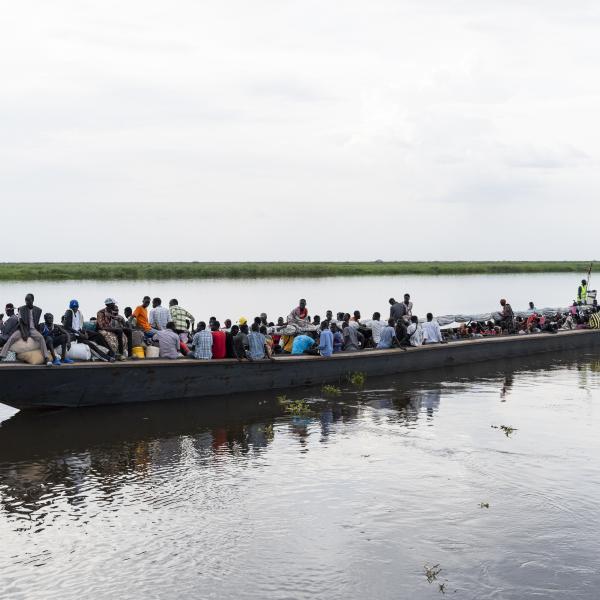The number of people worldwide who were forced to flee from conflict, violence and persecution has risen again: Last May, the staggering number of 120 million has been announced by UNHCR, the UN Refugee Agency, in its Global Trends Report 2023. The figures have risen for the twelfth time in a row with almost ten percent more than a year ago. 120 million - that's more than the combined population of Germany, Austria, Switzerland and the Netherlands.
The devastating conflict in Sudan in particular, is driving up the figures: since April 2023, more than 7.1 million people have been displaced within their own country, while a further 1.9 million have fled across Sudan's borders. In the Democratic Republic of Congo and Myanmar, millions of people were displaced by fierce fighting within the country last year. Afghanistan has 10.9 million displaced people, of which a good 6.4 million have fled abroad. Afghans are therefore the largest group of refugees abroad. In Ukraine, 9.7 million people have been forced to leave their homes since the start of the war, two thirds of whom have crossed the border.
The UN Palestinian Relief and Works Agency (UNRWA) estimates that by the end of last year, up to 1.7 million people (75 percent of the population) had been displaced by the conflict in the Gaza Strip, many more than once.
Syria remains the world's largest displacement crisis, with 13.8 million people displaced inside and outside the country.

Worldwide, most of the forcibly displaced people remain within their own country, namely more than 68 percent of them. The majority of those who cross borders find refuge mostly in neighboring countries, which are often low or middle-income countries, including Iran, Bangladesh and Pakistan. This is a major challenge for these countries - a challenge that is exacerbated by climate change. This is because many regions that are characterized by conflict, hunger, poverty and poor governance are also exposed to high climate-related risks. If drinking water becomes scarce and drought destroys more and more harvests, this could trigger further refugee movements, according to the report.

However, the Global Trends Report 2023 also reveals some positive developments: Worldwide, more than five million internally displaced persons and one million refugees were able to return home last year. More people were also able to benefit from resettlement, the permanent resettlement of particularly vulnerable refugees, with a total of almost 160,000 in 2023. An important glimmer of hope, according to Grandi: "Refugees - and the societies that host them - need solidarity and support. They can and do make a contribution to society if they are given the opportunity."
Refugees who are unlikely to be able to return to their home country soon are pinning their hopes on the USA in particular: last year, the USA received by far the most asylum applications, with a total of 1.2 million. Germany comes next with 330,000.
UNHCR continues to work tirelessly to ensure that these 120 million forcibly displaced people around the world receive support, a roof over their heads, medical and psychological care, legal assistance. You can help the UN refugee organization fulfill its mission by donating to us.
Thank you very much for your solidarity!